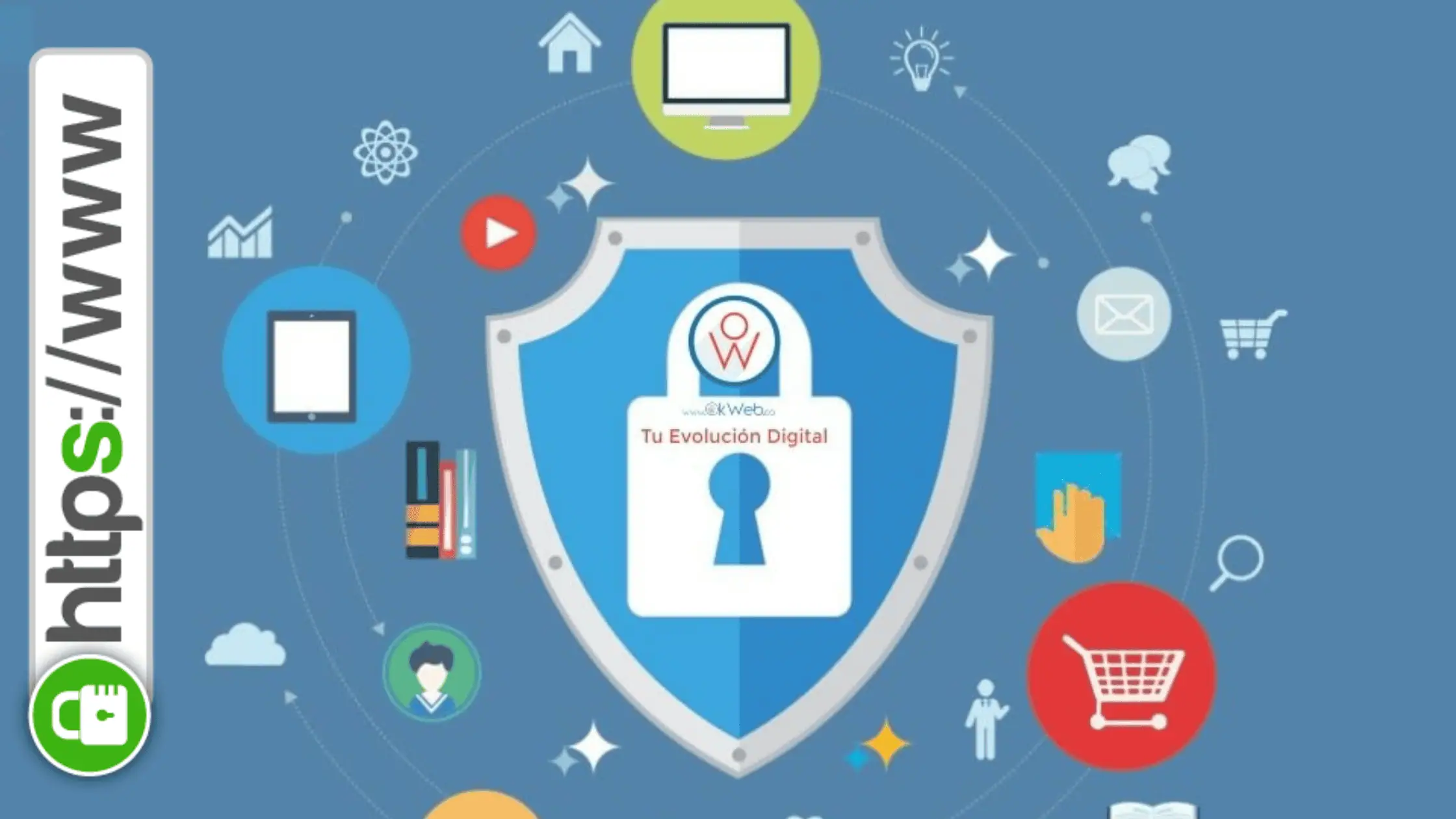Introduction to the Java Sea Data Leak and AIO-TLP Threat
In recent years, data breaches have become alarmingly frequent, compromising millions of individuals’ personal information across the globe. A new leak tied to “thejavasea.me” and AIO-TLP has emerged, posing serious risks to personal privacy and data security. This article explores what “thejavasea.me” and AIO-TLP are, the dangers they present, and practical steps you can take to protect your personal and financial information.
2. What Is “thejavasea.me” and How Does It Relate to Data Leaks?
- Background of the Domain: The domain “thejavasea.me” is reportedly a hub for leaked or compromised data. Sites like these often function as storage or distribution points where hackers post, sell, or share large volumes of stolen data.
- Purpose of the Site: Unlike legitimate online platforms, these sites can function as black-market venues for stolen information. Hackers may use them to distribute information from major breaches or as a medium to trade personal data, email lists, passwords, and more.
- Connections to Other Data Leaks: In recent years, other sites have operated in a similar way, such as “RaidForums” and “WeLeakInfo,” which were used by hackers to disseminate stolen data. “Thejavasea.me” appears to be part of a larger network of such sites, intensifying the threat landscape for individual and corporate data security.
3. Understanding AIO-TLP and Its Role in Cybersecurity
- Definition of AIO-TLP: AIO-TLP is potentially an acronym for “All-In-One Threat Level Protocol.” It may represent software or a protocol used by hackers to organize, analyze, or distribute sensitive information on dark web platforms.
- Data Aggregation and Exploitation: The tool or protocol likely aggregates various types of data, including usernames, passwords, and sensitive identification information, which can be used for identity theft, fraud, or corporate espionage.
- Types of Data at Risk: AIO-TLP might be used to process or package large amounts of personally identifiable information (PII), financial records, and corporate credentials, creating severe security risks for anyone affected.
4. Impact of the Java Sea Leak on Individuals and Businesses
For Individuals:
- Identity Theft: Leaked data can make identity theft easier by exposing details like Social Security numbers, addresses, and more.
- Financial Consequences: Stolen financial data can lead to fraudulent transactions, damaged credit scores, and complicated disputes with financial institutions.
- Privacy Concerns: Exposure of personal information can have long-term implications on one’s privacy, including the risk of further scams or targeted attacks.
For Businesses:
- Intellectual Property and Data Theft: Companies may suffer from theft of proprietary information, plans, or designs.
- Customer Trust and Brand Reputation: A breach can damage customer confidence, leading to loss of business and strained customer relations.
- Legal and Financial Consequences: Non-compliance with data protection regulations (such as CCPA or GDPR) due to data leaks can lead to significant fines and legal penalties.
5. Common Tactics Used by Hackers in Data Leaks
- Phishing and Social Engineering: Attackers often deceive individuals or employees through fake emails or messages, gaining access to sensitive information.
- Exploiting Vulnerabilities in Software: Hackers capitalize on weaknesses in applications or networks, particularly outdated software lacking security patches.
- Data Aggregation for Sale: Once obtained, data is often aggregated into massive databases and sold on dark web marketplaces to the highest bidder, allowing other hackers and cybercriminals to use it for various forms of fraud.
6. Protecting Your Personal Data from the Threat of Leaks
To safeguard your personal information, it’s crucial to take proactive steps:
- Use Strong Passwords: Avoid using the same password across sites, and consider using a password manager to generate and store unique passwords.
- Enable Two-Factor Authentication (2FA): Add an extra layer of security to sensitive accounts by enabling 2FA, which requires a secondary authentication step.
- Monitor Your Personal Data: Regularly check your credit report, bank statements, and use identity monitoring services to spot suspicious activity.
- Recognize Phishing Scams: Be cautious of emails or messages from unknown senders, especially those prompting urgent actions or login attempts.
7. Protective Measures Businesses Should Take Against Data Breaches
For businesses, a robust cybersecurity policy is essential in preventing and responding to data leaks:
- Encrypt Sensitive Data: Encrypt customer and employee information to prevent unauthorized access to readable data.
- Educate Employees: Cybersecurity training for employees can reduce the risk of human error and improve awareness of phishing and other common scams.
- Regular Audits and Updates: Conduct regular audits of IT infrastructure and update software to patch vulnerabilities.
- Implement Zero-Trust Security Models: Limit access within the organization to ensure that employees can only access necessary data, minimizing risks from insider threats.
8. Government and Security Organizations’ Response to Data Leaks
- Data Protection Laws and Regulations: The California Consumer Privacy Act (CCPA) and General Data Protection Regulation (GDPR) provide frameworks for protecting data and enforcing penalties for non-compliance.
- Role of Government Agencies: U.S. agencies such as the FBI and Cybersecurity and Infrastructure Security Agency (CISA) play key roles in tracking, investigating, and preventing cyberattacks and data leaks.
- Collaborative Efforts: Private companies often collaborate with government agencies to share insights, identify emerging threats, and develop standardized cybersecurity protocols.
9. Conclusion: Staying Vigilant in a Digital World
Data breaches like thejavasea.me and tools such as AIO-TLP highlight the importance of cybersecurity in today’s digital landscape. Understanding these threats and taking proactive measures can help protect your personal and financial information. As cybersecurity continues to evolve, staying informed and vigilant is key to safeguarding personal and corporate data from malicious actors.
Take Action Now: Update passwords, enable two-factor authentication, and educate yourself and your family or organization about cybersecurity best practices. Together, these steps can help protect your personal information in a constantly changing online environment.



